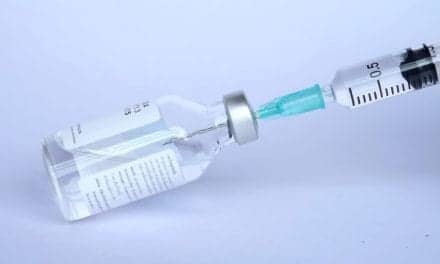An article in Anesthesia & Analgesia presents a review and update for hospital-based providers who may encounter vaccine-preventable diseases (VPDs).
Several factors have contributed to the resurgence of VPDs, including the anti-vaccine movement, the decreasing effectiveness of certain vaccines, adaptation of disease-causing pathogens, and travel to countries where disease rates are higher. A key concept is herd immunity, which describes how entire populations are protected against infectious diseases when a critical percentage of the population is immune.
Particularly where vaccine refusal rates are high, this critical percentage may not be met — placing communities at risk of VPD outbreaks. The recent measles outbreak linked to visits to the Disneyland theme parks in Southern California “highlighted vulnerabilities of both vaccinated and unvaccinated individuals when exposed to a highly contagious airborne pathogen and the importance of herd immunity,” Dr Grete H. Porteous Porteous and coauthors write.
Their review presents in-depth information on the clinical appearance and management of nine major VPDs: measles, mumps, rubella (German measles), pertussis (whooping cough), diphtheria, influenza, meningococcal disease, varicella (chickenpox), and poliomyelitis. These infectious diseases, mostly spread by respiratory transmission (droplets), can cause severe cardiovascular, respiratory, or neurological complications.
When patients with VPDs are hospitalized, steps to prevent further transmission are essential, including isolation and sometimes personal protective equipment. Another critical safeguard is immunizations, which are recommended for all healthcare providers and required at some institutions. “Hospital-based physicians…should be prepared to diagnose and treat patients with VPDs, while protecting themselves, their own families, and other patients from infection,” Dr Porteous and colleagues conclude.










